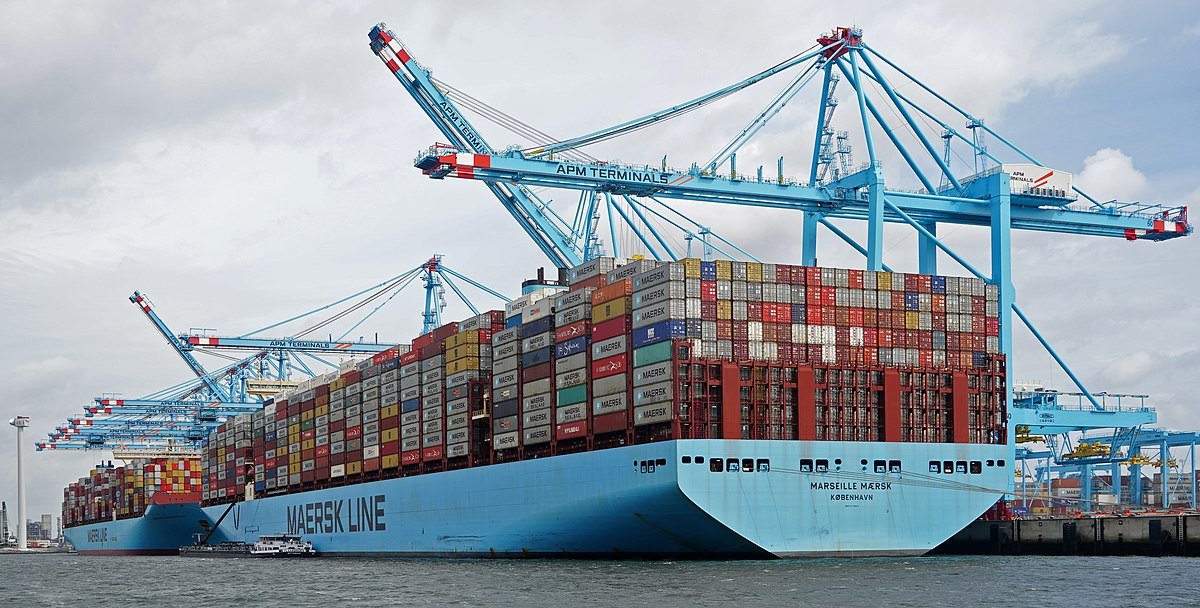How Many Containers on a Cargo Ship
Container shipping has revolutionized the transportation of goods across the globe, with cargo ships acting as the workhorses of international trade. In this article, we’ll delve into the intriguing world of container ships, exploring the pivotal question: How many containers can a cargo ship carry?
I. Introduction
A. Definition of Cargo Ships
Cargo ships, also known as freighters or container vessels, are large vessels designed for transporting goods and commodities across seas and oceans. These ships play a crucial role in facilitating global trade by providing a cost-effective and efficient means of transporting goods.
B. Importance of Containers on Cargo Ships
Containers are the heart and soul of cargo ships. These standardized, sturdy boxes allow for the easy and secure transport of a wide variety of goods. But just how many of these containers can a cargo ship accommodate?

II. Types of Cargo Containers
A. Standard Dry Containers
Standard dry containers are the most common type, suitable for transporting a wide range of non-perishable goods. They come in various sizes, with the 20-foot and 40-foot containers being the most prevalent.
B. Reefer Containers
Reefer containers, equipped with temperature control mechanisms, are essential for transporting perishable items like fruits, vegetables, and pharmaceuticals.
C. Open-Top Containers
Open-top containers feature a removable top, allowing for easy loading and unloading of oversized or heavy cargo.
D. Flat Rack Containers
Flat rack containers lack sides and a roof, making them ideal for transporting large or irregularly shaped items.
III. Container Capacity and Size
A. Standard Container Sizes
The most common container sizes are 20 feet (TEU) and 40 feet (FEU). These dimensions dictate the maximum volume a container can hold.
B. Maximum Weight Capacities
Containers also have weight limits, with standard containers accommodating different loads based on their size and type.
C. Specialized Container Sizes
In addition to standard sizes, there are specialized containers designed for specific cargo types, such as bulk containers for liquids or grains.
IV. Factors Influencing Container Count
A. Cargo Type
Different types of cargo require varying container configurations, affecting the number of containers a ship can carry.
B. Shipping Route
Longer routes may require additional containers to meet the demands of the journey.
C. Vessel Size
The size of the cargo ship itself plays a significant role, with larger vessels naturally having a higher container capacity.
V. Challenges in Container Loading
A. Optimizing Space
Efficient loading involves maximizing the use of available space without compromising safety.
B. Ensuring Stability
Maintaining stability is crucial to prevent accidents or damage during the voyage.
C. Safety Considerations
Safety protocols must be strictly adhered to during the loading process to protect both the cargo and the ship.
VI. Technological Innovations
A. Automated Loading Systems
Automation has streamlined the loading process, improving efficiency and reducing the risk of errors.
B. IoT and Tracking Solutions
Internet of Things (IoT) technologies enhance container tracking, providing real-time information on location and conditions.
C. Future Trends in Container Shipping
Anticipated advancements include even more sophisticated tracking systems, eco-friendly container materials, and improved loading technologies.
VII. Economic Impact
A. Cost Efficiency
Container shipping’s cost-effectiveness has contributed significantly to the growth of international trade.
B. Global Trade Implications
The ability to transport goods efficiently via container ships has a profound impact on global economic dynamics.
VIII. Environmental Considerations
A. Carbon Emissions
The environmental impact of container shipping is a growing concern, prompting the industry to explore eco-friendly practices.
B. Sustainable Practices in Container Shipping
Initiatives such as slow steaming and exploring alternative fuels aim to reduce the carbon footprint of container shipping.
IX. Case Studies
A. Successful Container Shipping Practices
Highlighting examples of companies efficiently utilizing container shipping for maximum benefit.
B. Challenges Faced by Shipping Companies
Examining the obstacles and hurdles that shipping companies may encounter in the container shipping process.
X. Future Outlook
A. Innovations in Container Design
Exploring ongoing and potential innovations in container design that could further enhance efficiency.
B. Potential Changes in Industry Standards
Anticipating shifts in industry standards that may impact container shipping practices.
XI. Conclusion
In conclusion, the number of containers a cargo ship can carry is influenced by various factors, including container types, sizes, and the specific demands of the cargo and shipping route. As technological advancements continue to shape the industry, the future holds exciting possibilities for even more efficient and sustainable container shipping practices.
XII. FAQs
A. How are containers loaded onto cargo ships?
Containers are typically loaded using cranes or other specialized equipment, carefully arranged to optimize space and weight distribution.
B. What is the average capacity of a standard cargo container?
Standard cargo containers, such as the 20-foot and 40-foot varieties, have capacities ranging from 20 to 27 metric tons, depending on the cargo type.
C. Are there any regulations regarding container shipping?
Yes, international regulations govern various aspects of container shipping, including safety, security, and environmental considerations.
D. How do container ships contribute to global trade?
Container ships provide a cost-effective and efficient means of transporting goods, facilitating global trade by connecting economies around the world.
E. What innovations can be expected in the container shipping industry?
Future innovations may include the development of more sustainable materials, advanced tracking systems, and improvements in automated loading technologies.



